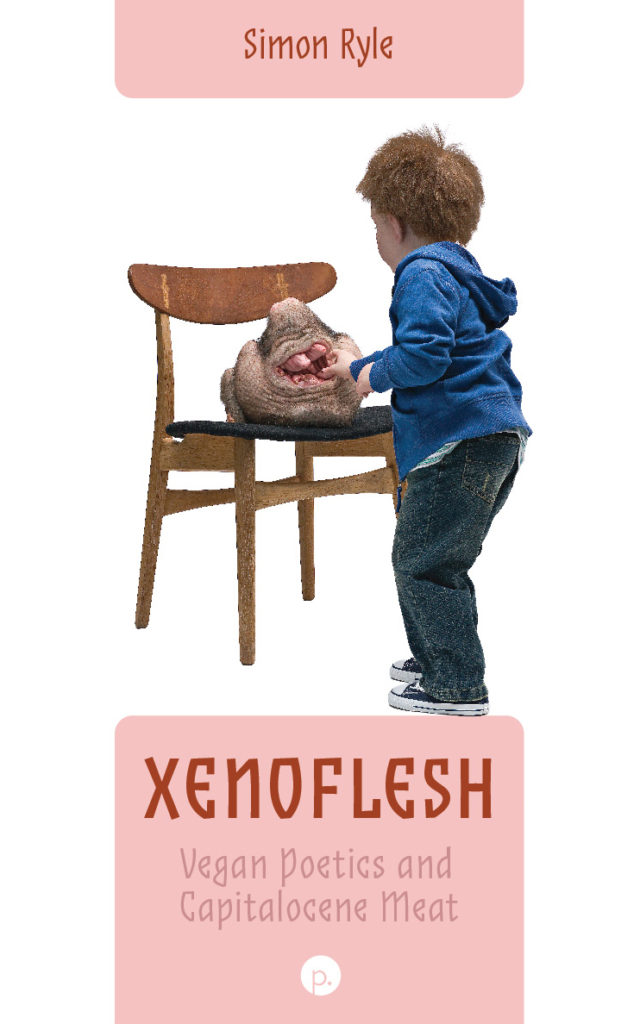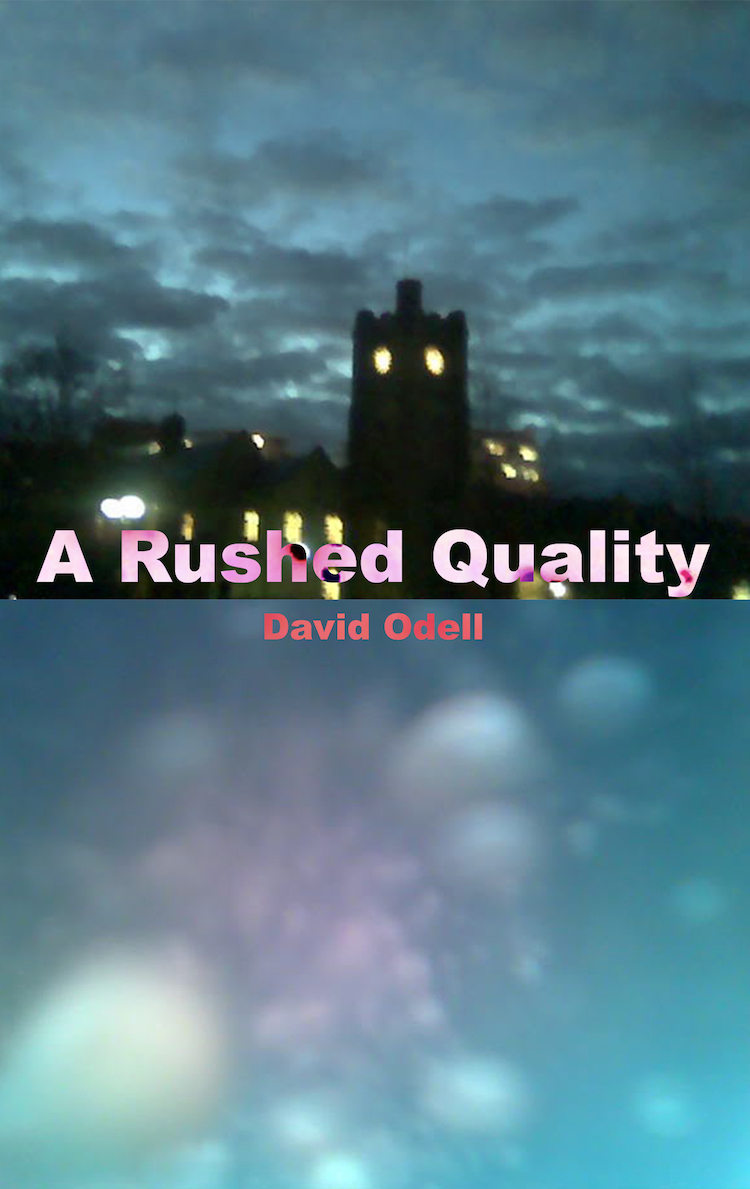In Xenoflesh: Vegan Poetics and Capitalocene Meat, Simon Ryle considers the representation of flesh and meat in an eclectic range of literary texts, artworks, and films produced incipient to and across capitalocene modernity, from Hesiod’s Theogony and Rembrandt’s The Slaughtered Ox to Tobe Hooper’s The Texas Chainsaw Massacre and Olga Tokarczuk’s Drive Your Plow Over the Bones of the Dead. Encompassing sensational genre pieces alongside high-brow canonical works, Xenoflesh explores a diverse array of affective, sensational, uncanny, and weird meat and flesh aesthetics. Centrally, the book seeks to understand these representations in the context of industrial models of production and resource extraction, and explores how these artworks trouble or contest normative modes of affect, sensation, and consumption promulgated by the Capitalocene’s creation of surplus value from industrially farmed animal flesh, one of the key drivers of land degradation, mass extinction, and climate breakdown.
The central concept “xenoflesh” describes aesthetic forms and motifs that produce sudden awareness of uncanny embodiment. Prefixing the flesh of creaturely being with the Greek xeno- (from xenos, meaning “stranger,” “other,” “foreign,” “alien,” and “guest”), xenoflesh conceptualizes the strange and obscured continuum of our own fleshy alterity-to-ourselves with that of other flesh creatures. Xenoflesh involves the aesthetic production of discomfiting bodily solidarity – a sensation of weirdness that impels praxes of mutuality and veganism. Constituting a multi-disciplinary account of philosophical, ecological, psychological, and economic flesh, the book engages with canonical and contemporary literary criticism, literary theory, ecocriticism, ecofeminism, vegan studies, animal studies, posthumanism, phenomenology, cognitive theory, black studies, and animal liberation theory.





